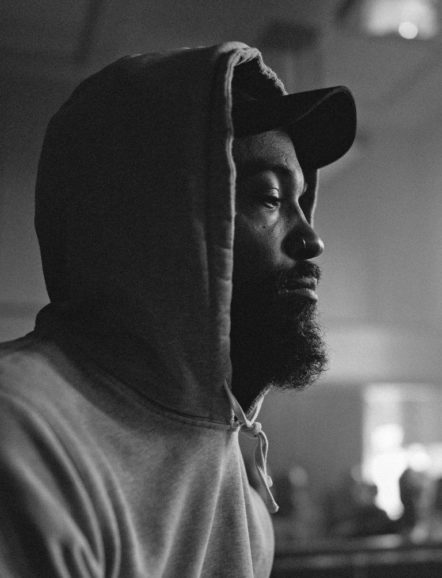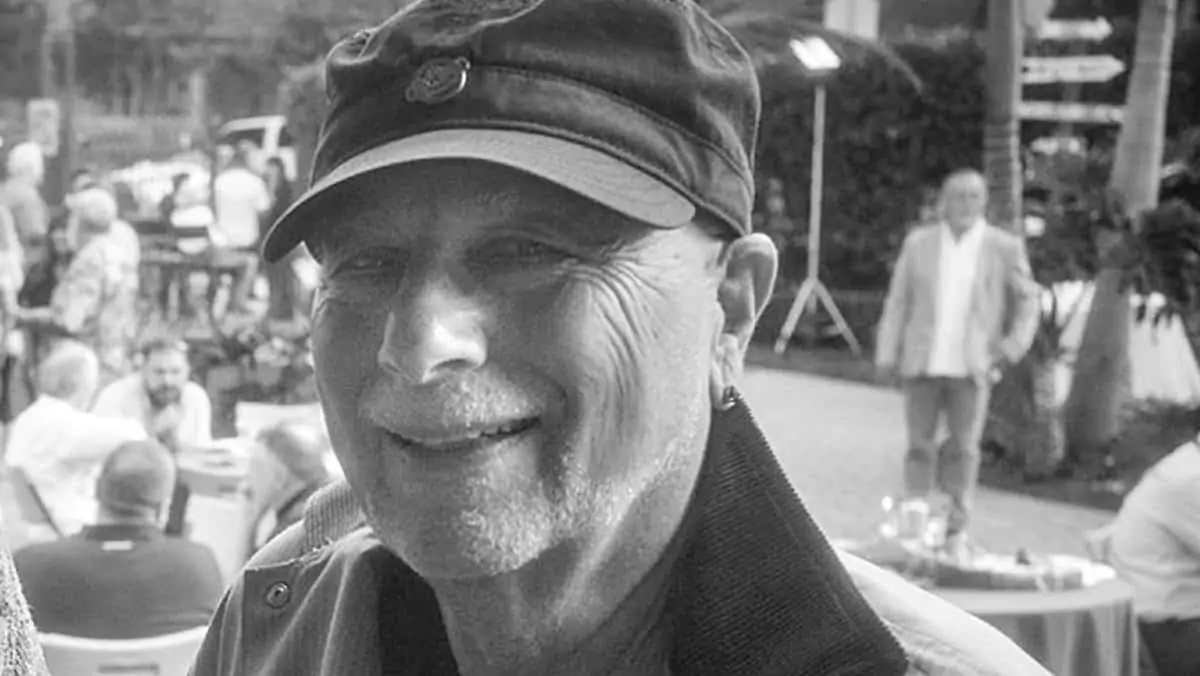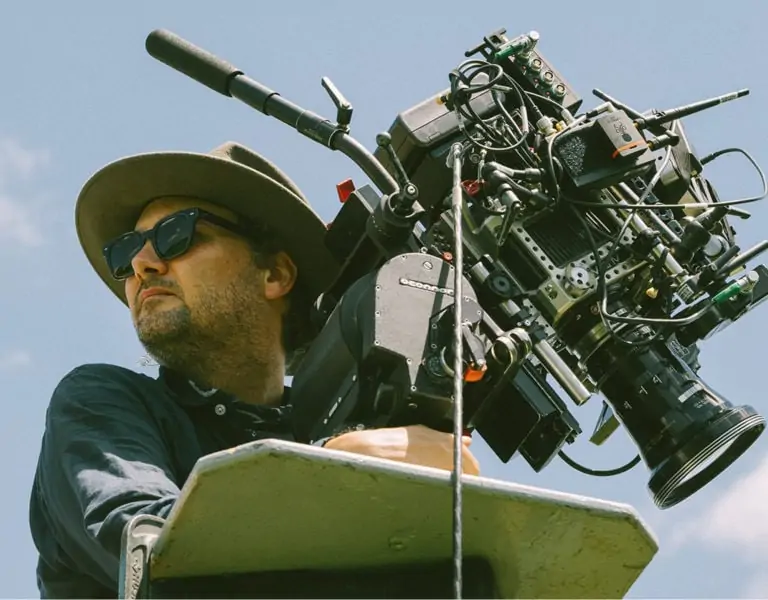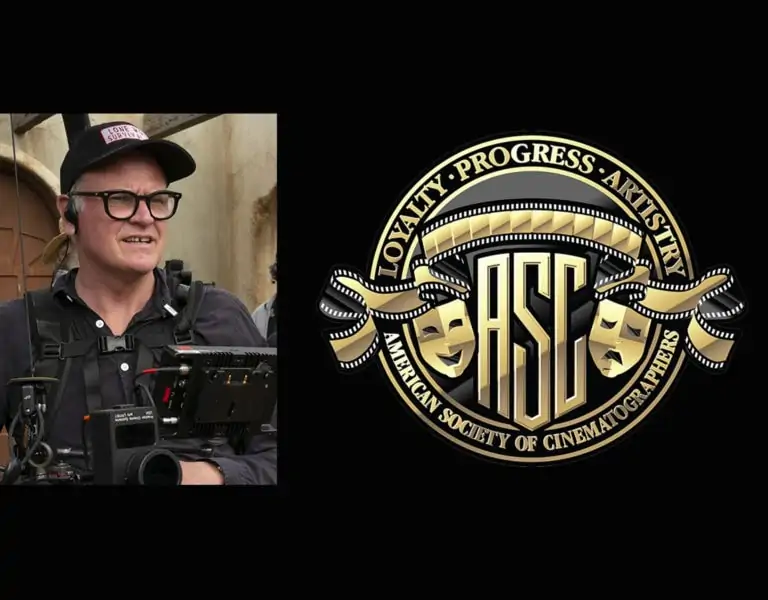OPENING UP THE LENS
Bradford Young of Tribe7 is an Academy Award-nominated cinematographer who is empowering image-makers with accessible, personalisable glass and a secure, curated community.
Tribe7 co-founders Bradford Young ASC and Neil Fanthom, ARRI’s ex-director of technology, first tested the “limits” of cinema lenses while detuning a set of ARRI Prime DNAs on Solo: A Star Wars Story.
“Neil and I learned a lot through the process of detuning the DNA lenses together,” Young says. “Neil worked on all the big films with all the big DPs. They kept wanting to push it further and we decided we would offer that.”
To see how far they could push optical deviancies, he and Fanthom founded Tribe7 alongside five others (forming the recurring aesthetic “7”) and engineered their own suite of customisable lenses, the Blackwing7s. These T1.9 primes come in three preset tonalities: Straight (S-tune), Transient (T-tune), and Expressive (X-tune). Sharpness, contrast roll-off, spherical aberration, field curvature, and edge halation vary among the presets, with S-Tune lenses having the most subtle characteristics and X-Tune lenses the most exaggerated.
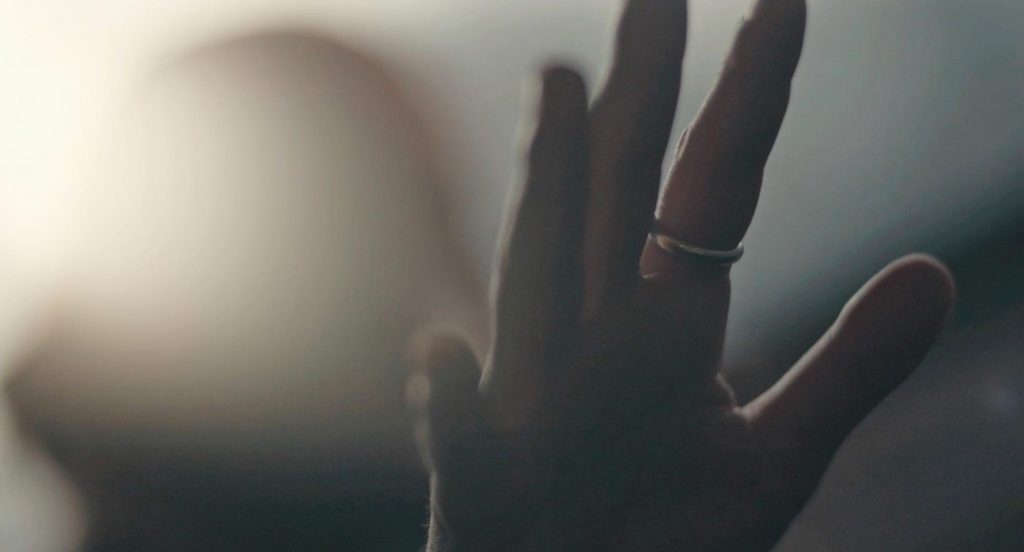
In harnessing the “flaws” that most contemporary lens designers eliminate through highly “corrected” and complex optical systems, Young and Fanthom challenge the industry’s standard of “perfect” glass. Young explains how he and Neil collaborate: “He puts a lot of love and a lot of thought into the intention of these lenses. He’s a physicist, so he can be all in his head about it being perfect. He has the potential to do that, but the balance is that I will never let him settle on that. I will always push it farther. That’s why our partnership works. We created the company out of a genuine desire to push limits.”
Rather than place the lenses in the hands of celebrity cinematographers to produce a flashy promotional reel, like most lens companies do, Tribe7 gave their limited first-edition “Binary” lenses (slightly faster at T1.8) to student and emerging image-makers. The first Blackwing7 images came from the community, not the company. “So, we centered our marketing model around the street, that word of mouth thing we all know works. The integrity of the company is in the lens, it’s not in our words. That’s why I didn’t do a video where I said, ‘come use my lens.’ I would never get high on my own supply,” Young says. And they’re not touting Blackwing7s at the trade shows, “Telling you how to use it and how our lenses are better than anyone else.”
Tribe7 accumulated an underground following through their social media and emerging collaborators like Rina Yang, David Myrick, and Maceo Bishop. “They’re not the Chivos or Roger Deakinses of the world. But for young people who are on Instagram and looking at reels, these are the people who have a presence, who have a following.” Young says.

To cultivate a safe and like-minded community, the Tribe7 social media managers post content they like. Young elaborates, “We like Miles Davis, Arthur Jafa, Kerry James Marshall, Tarkovsky. We like dirty lenses, we like African cinema. But at the end of the day, everybody likes that stuff. Even before the pandemic, people were sheltering in place, they didn’t want to upset things. They didn’t want people to know they liked things that were a little bit dirtier, a little bit more obscure and challenging. So that’s why we call it a tribe. This is an opportunity for us to find our people.”
Because the Blackwing7s comprise fewer glass elements than most contemporary, highly telecentric lenses, they are lighter, more tunable, and less expensive. Customisable lenses that empower the image-maker are typically a luxury afforded to few DPs. But Young wanted to democratise access to lens tunability. “Our price point is competitive because we want these to be in the hands of students and professionals who may not be shooting the biggest studio movies but want to make sure they can put their DNA into the look.”
Throughout his career, Young has shot independent shorts as well as features. After shooting films for Andrew Dosonmu (Restless City, Motherless George), David Lowery (Ain’t Them Bodies Saints), and Ava Duvernay (Selma, When They See Us), and receiving an Academy Award Nomination for his work on Denis Villeneuve’s Arrival, he made a strategic decision to shoot a major studio film, Solo: A Star Wars Story. He explains, “Working on bigger films, for me, is about being able to manufacture the resources for those struggling because they don’t have access to the resources to prove their vision.” Having returned to shooting short films and to give the industry’s precious technical knowledge back to the people, Young has evidently lived up to his promise.
Tribe7 continues to empower image-makers with their field tuning services, which provide cinematographers the ability to further “insert their own signatures into the glass.” Having recently announced an exclusive distribution deal with AbelCine in North America and CVP in the UK and Second Reef in Europe, field tuning programs will open up to rental houses and eventually even owner-operators with access to the right equipment. Field tuning is about broadening access, opening up the lenses so that cinematographers can use them on their own terms. Young muses, “A lens is just pieces of glass stacked in front of each other with an iris behind it, what are the rules behind that? Who’s to say what’s too much field curvature, or too much veiling, or too much chromatic aberration? That’s up to the image-maker.”
